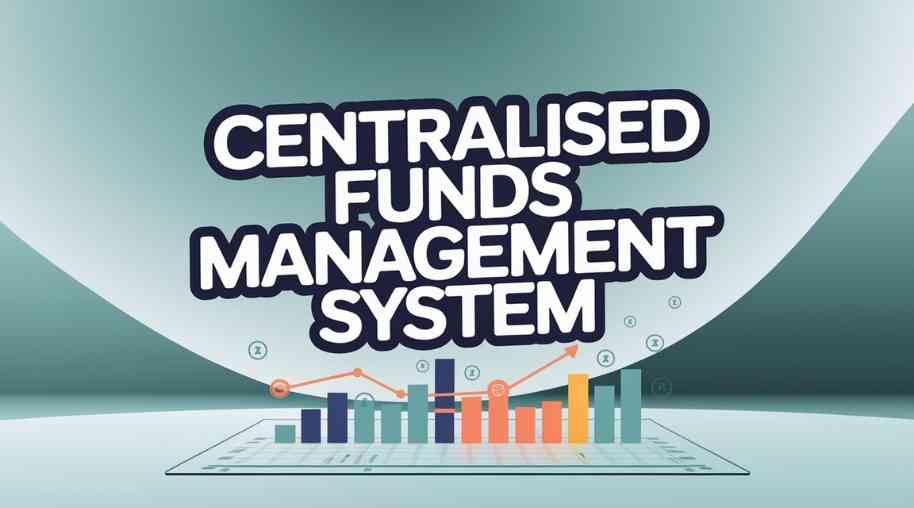CFMS Full Form - Centralised Funds Management System
by Shashi Gaherwar
0 2827
Centralised Funds Management System: Enhancing Efficiency in Financial Operations
The Centralised Funds Management System (CFMS) is a powerful tool in corporate finance, streamlining financial operations by centralizing fund control and allocation. It enhances liquidity, optimizes cash flow, and supports strategic decision-making, benefiting organizations of all sizes.

This article explores the CFMS, its advantages, operational mechanics, and best practices for implementation.
What is Centralised Funds Management?
Centralised Funds Management is a financial strategy consolidating an organization’s liquidity and cash flow management. By pooling funds from various business units and accounts into a central structure, CFMS ensures efficient oversight and allocation aligned with strategic goals, enhancing liquidity and risk mitigation.
How Does Centralised Funds Management Work?
The CFMS, managed by the treasury department, involves key tasks:
- Pooling of Funds: Consolidates accounts into a central pool for a clear view of cash positions.
- Liquidity Management: Ensures sufficient liquidity, preventing shortages across units.
- Cash Flow Forecasting: Aggregates data for accurate predictions of cash needs.
- Fund Allocation and Transfer: Distributes funds based on operational needs, minimizing idle cash.
- Risk Management: Mitigates financial risks by optimizing fund allocation.
- Investment Management: Invests excess funds in short-term instruments for returns.
Benefits of a Centralised Funds Management System
CFMS offers significant advantages:
- Improved Liquidity Management: Ensures funds are available where needed, reducing liquidity risks.
- Cost Savings: Lowers bank fees and reliance on external financing.
- Optimized Fund Allocation: Allocates cash efficiently, maximizing returns.
- Improved Financial Control: Enhances transparency and reduces fraud risks.
- Enhanced Cash Flow Forecasting: Improves planning for expenditures and investments.
- Increased Strategic Flexibility: Enables quick adaptation to financial changes.
- Tax Efficiency: Optimizes tax planning, minimizing tax burdens.
Challenges of Centralised Funds Management
CFMS implementation faces challenges:
- Complex Implementation: Requires significant investment in software and integration.
- Resistance to Change: Units accustomed to autonomy may resist centralization.
- Regulatory Compliance: Navigating diverse regulations in global operations is complex.
- Banking Relationships: Managing multiple bank partnerships can be challenging.
- System Integration: Consolidating data from units demands robust IT systems.
Best Practices for Implementing a Centralised Funds Management System
Successful CFMS implementation involves:
- Investing in Technology: Use treasury management systems for automation and accuracy.
- Establishing Clear Processes: Standardize policies for cash and risk management.
- Effective Communication: Ensure units understand CFMS benefits and provide data.
- Regular Monitoring and Evaluation: Assess performance and adjust as needed.
- Training and Support: Equip staff with skills and ongoing support.
The Centralised Funds Management System optimizes cash flow, liquidity, and decision-making, reducing costs and enhancing control. Despite implementation challenges, its benefits make it a valuable investment. With best practices and technology, businesses can leverage CFMS for efficient financial operations and long-term success.
Further Learning Resources
If you’re passionate about building a successful blogging website, check out this helpful guide at Coding Tag – How to Start a Successful Blog. It offers practical steps and expert tips to kickstart your blogging journey!
For dedicated UPSC exam preparation, we highly recommend visiting www.iasmania.com. It offers well-structured resources, current affairs, and subject-wise notes tailored specifically for aspirants. Start your journey today!

Share:








Comments
Waiting for your comments